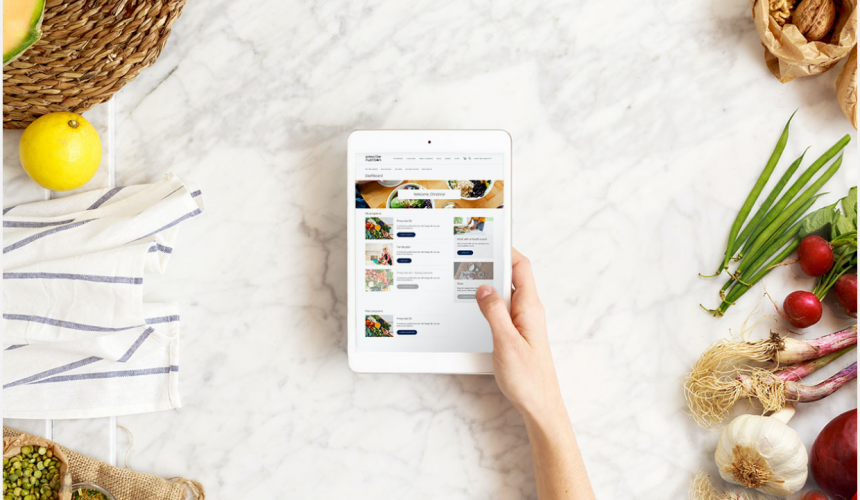By Zion Rufus
Internet of Things (IoT) has helped companies across the globe by improving efficient resource utilization, minimizing human effort, enhancing data collection, and improving security. Over the past few years, IoT has become one of the most important technologies of the 21st century.
The Internet of Things (IoT) describes the network of physical objects that are embedded with sensors, software, and other technologies for the purpose of connecting and exchanging data with other devices and systems over the internet. These devices range from ordinary household objects to sophisticated industrial tools.
According to Oracle, currently, more than 7 billion are connected IoT devices today, and experts are expecting this number to grow to 22 billion by 2025. With advances in machine learning and analytics, along with access to varied and vast amounts of data stored in the cloud, businesses can gather insights faster and more easily. The emergence of these allied technologies continues to push the boundaries of IoT and the data produced by IoT also feeds these technologies.
Digital transformation has also improved production, distribution, and delivery in the Food and Beverage Service industry. It has helped companies in the Food and Beverage sector to reach high levels of food safety, sustainability goals, improved traceability, waste reduction, and massive reduction in costs and risks across the various stages of food processing and packaging.
Leveraging the benefits of Digital Transformation solutions has improved food safety amongst other things. For example, Unilever engineers have developed a food factory that operates within a 40-foot sea container, providing a flexible production line that can be moved around the world.
The digital factory is currently being trialed in the Netherlands, and from the end of this month, the prototype will produce liquid bouillon for Unilever’s Food Solutions business. The container is fitted with all-in-one utility capabilities, and requires just one electricity cable and a water hose to operate.
With the use of the Internet of Things, the IoT Food and Beverage industry is growing to its maximum prospects.
Using the real-time temperature sensors the organizations can closely monitor the various data points in terms of food safety and the temperature in vessels to make sure that food products are stored in a suitable environment
Digital Transformation has uplifted automated retailing and also helped to reduce operational cost as vending machine systems are available which recognize and recommend actions for issues related to the food or beverage, user behavior anticipation. It will send a notification to remove outdated food on time and send reminders to replenish the machines more efficiently.
Additionally, digital transformation using IoT and AI technology has enhanced distinct supply chain process and efficient logistics performance. Consumers can now easily track the whole retail supply chain. The QR code on product packages enables customers to scan and learn all details about the price, ingredients, how it was made, the date of manufacture and packing, and how it goes to the supermarket. All this information can also influence the customers buying decision and promote a rapport between the sellers and the buyers.







Comment
No comments found.